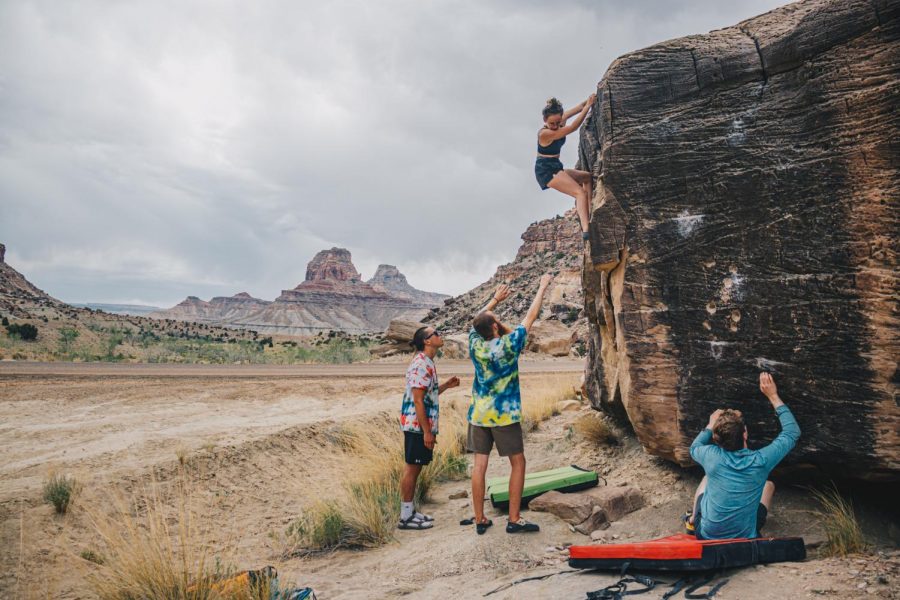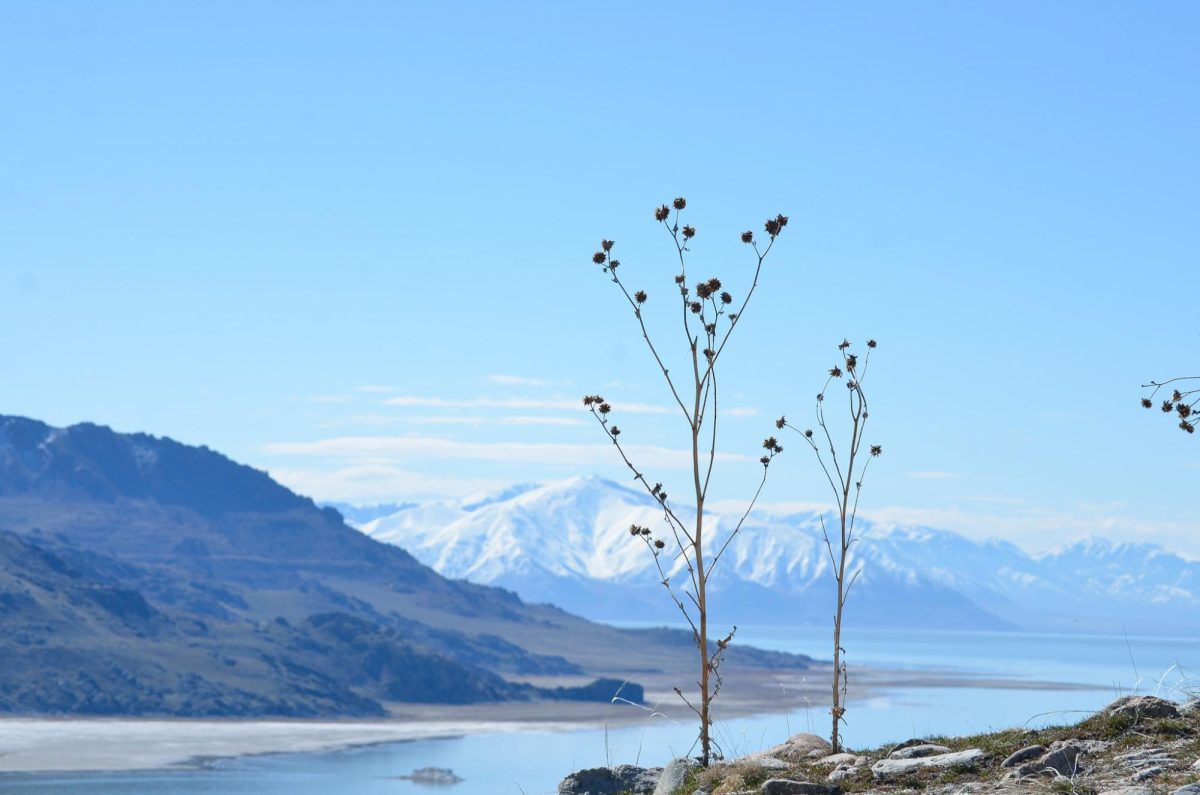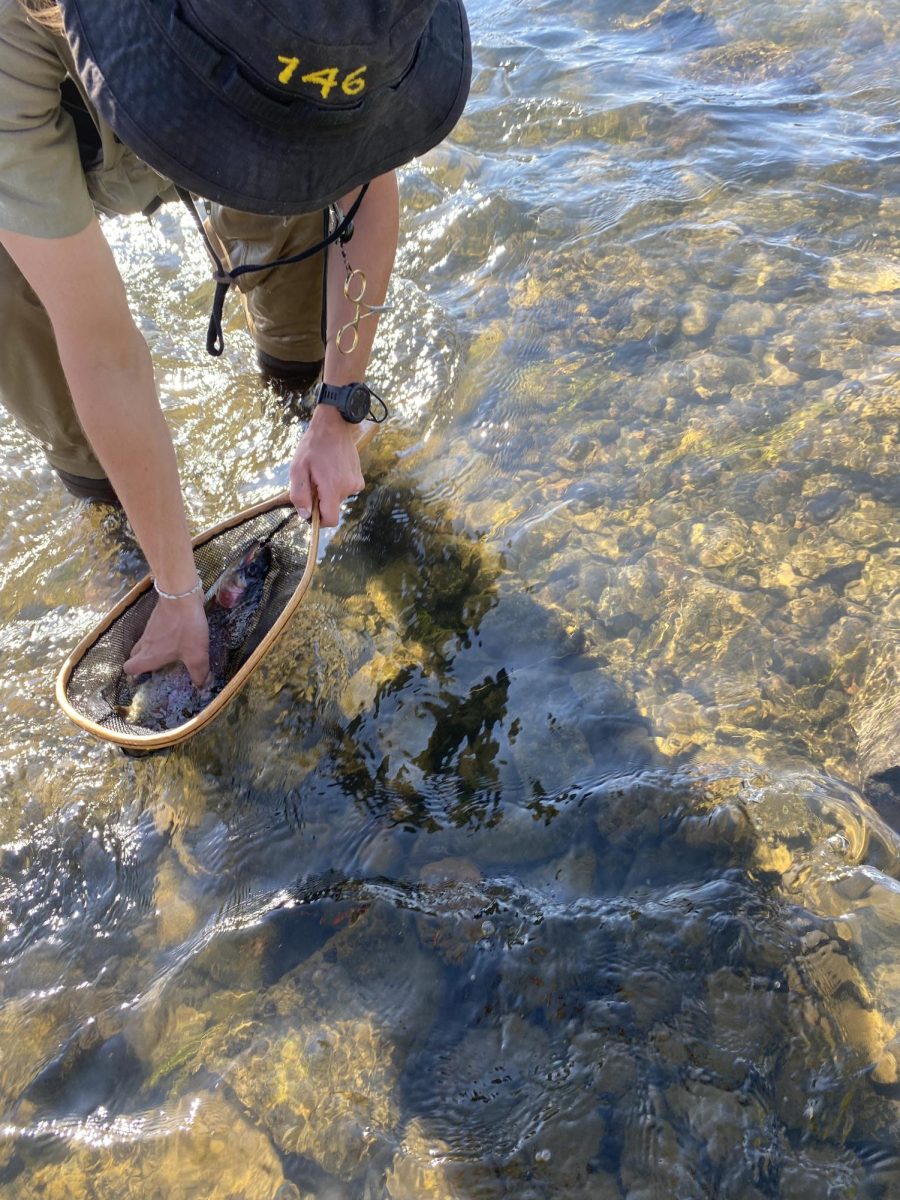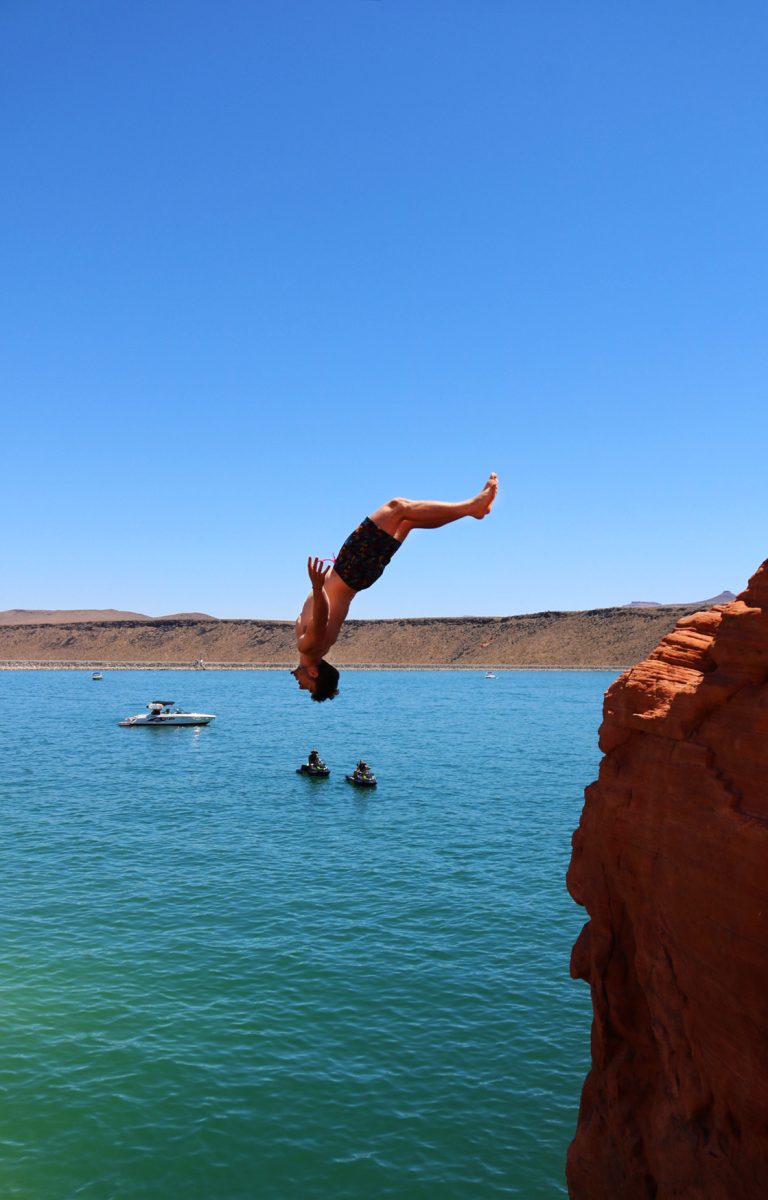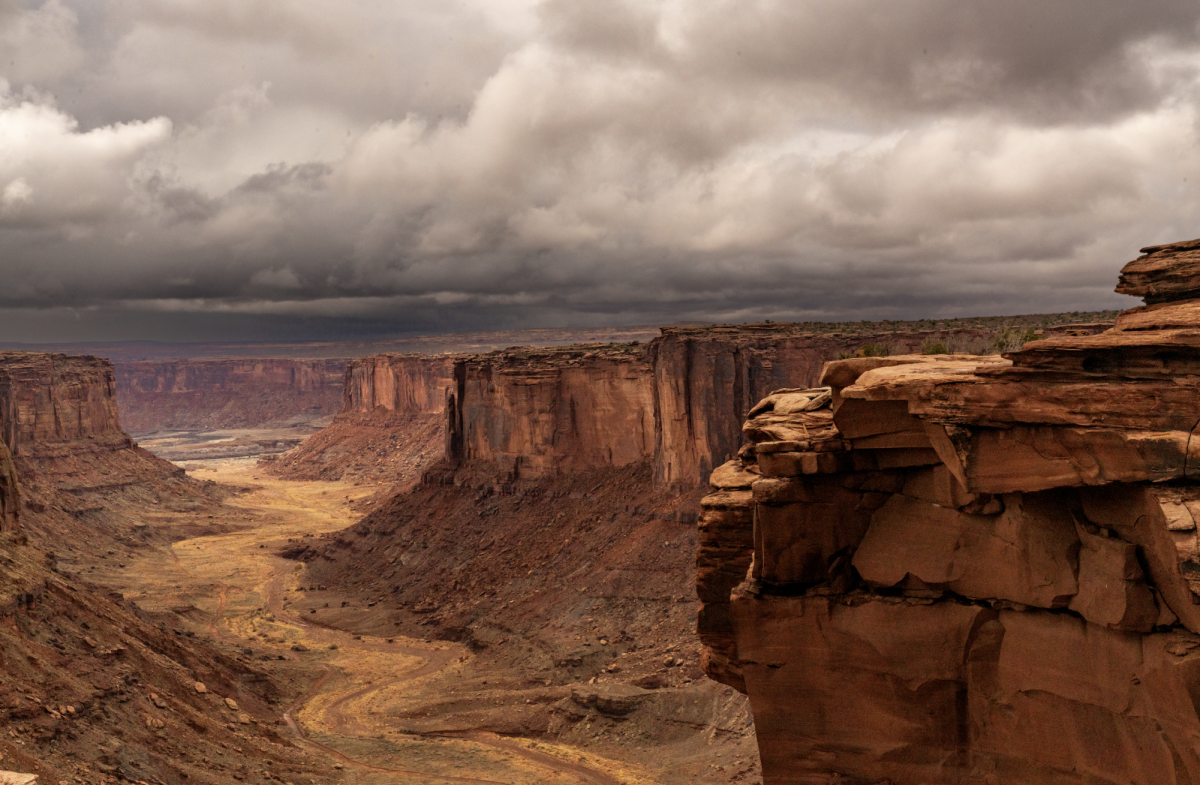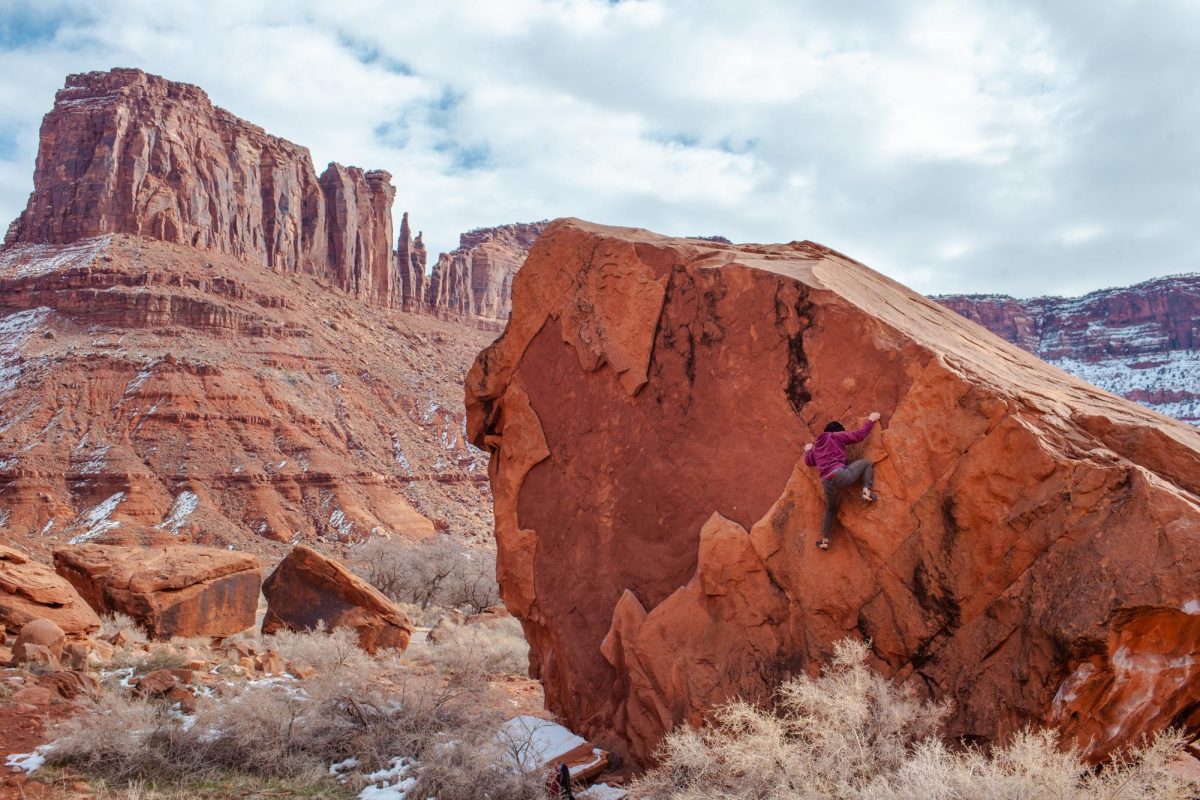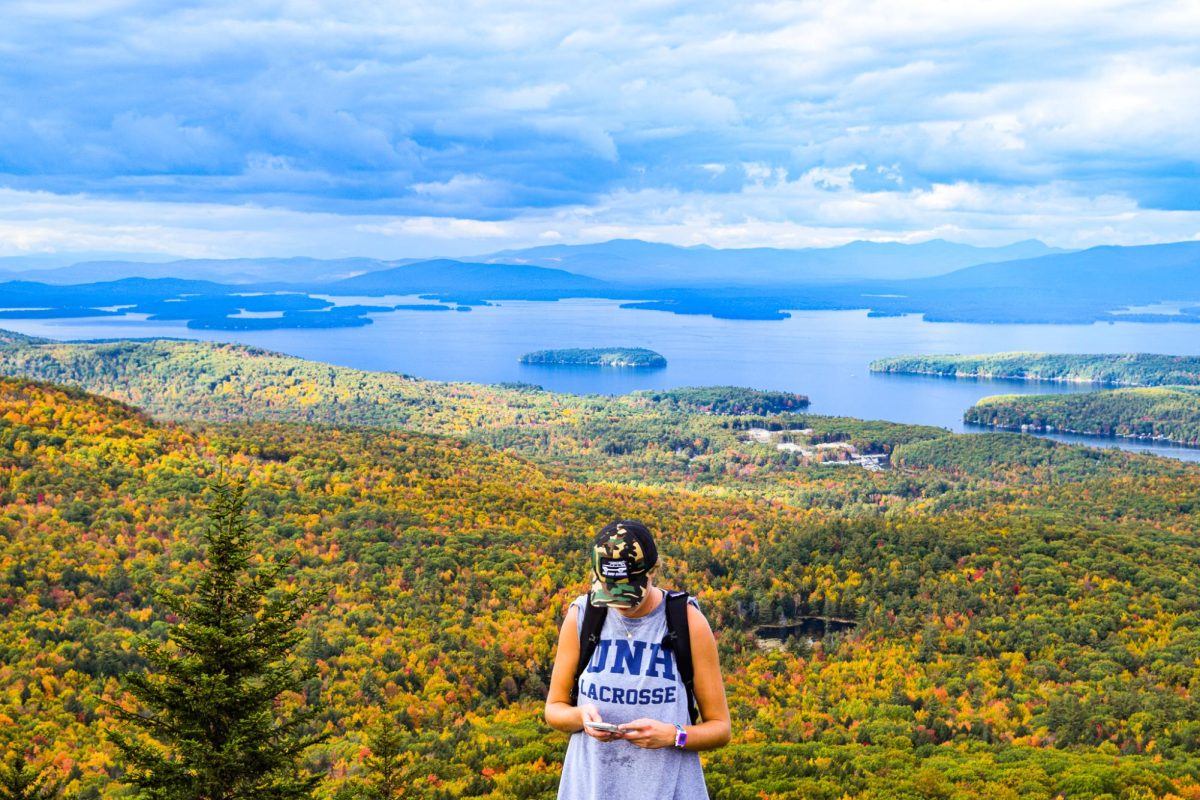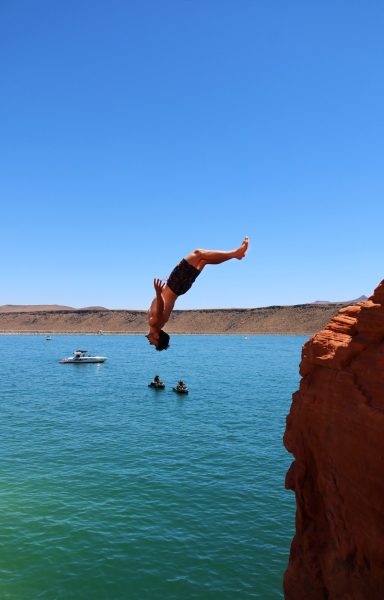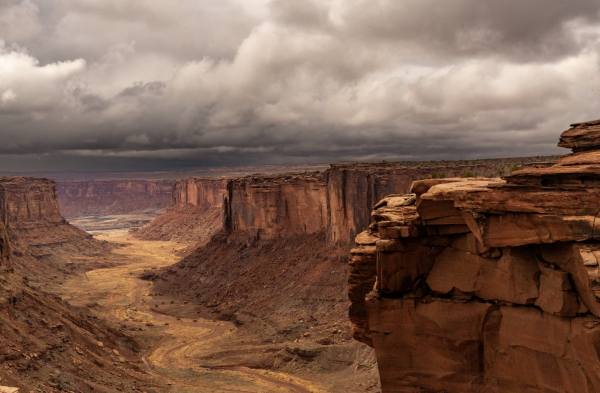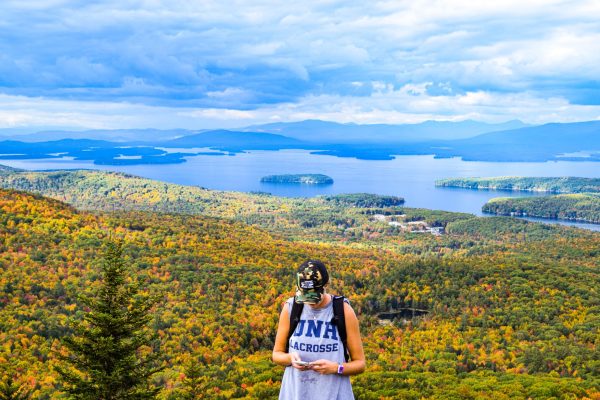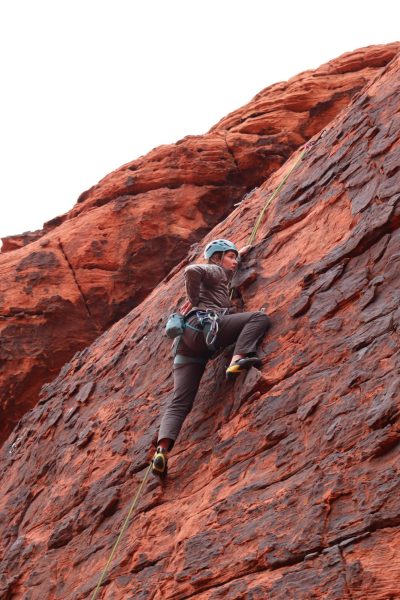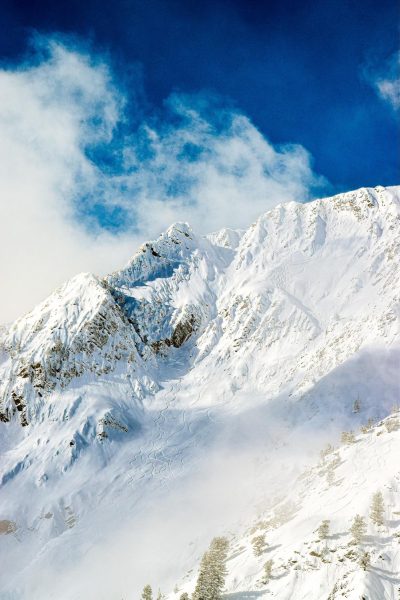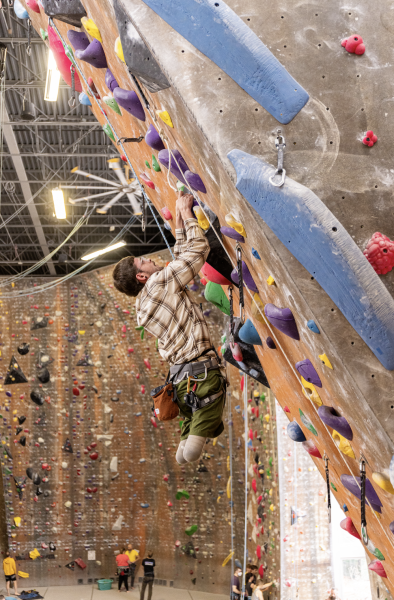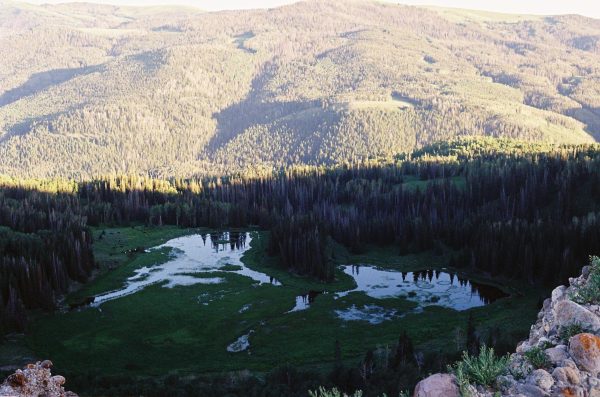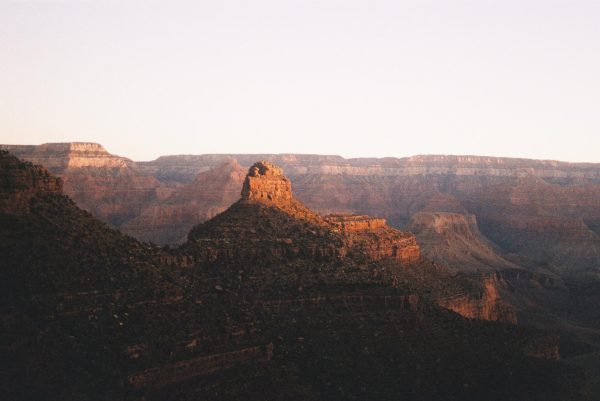Psychological Safety in Outdoor Groups
August 25, 2020
When we are making decisions in the outdoors, there’s often a pivotal moment when our safety hangs in the balance. We’ll weigh risk and reward to decide whether to drop into a chute, hike through a storm or pick a specific line through some rapids. These decisions are part of what makes outdoor sports exhilarating — facing the unknown provides an adrenaline rush that most of us don’t get in the cadence of our day-to-day lives. However, these critical decisions can also be where outdoor recreation turns deadly, as missteps can become fatal falls. While we may individually prepare to make safe decisions, we can sometimes neglect the equally important group decision-making components in the outdoors.
There is a concept used in the business and tech industries called “psychological safety,” which applies to how we make decisions in the outdoors. Psychological safety is when a team of people shares a belief that they can each safely take social risks without experiencing any punishment, rejection, retaliation or intimidation. This can look like someone being able to share their expertise on navigating a climbing route without being shut down by someone who asserts they know more. It can also look like a beginner climber being able to ask questions without having someone belittle them for their lack of knowledge. In decision-making, a psychologically safe group can assess risk and reward using the knowledge and skills of everyone in the group, maximizing the possibility that when the pivotal decision is made, the reward for all will outweigh the risk.
Psychological safety ensures that group members can share their ideas, questions and concerns without losing each other’s trust or respect. When we do not feel psychological safety within a group, we can’t openly communicate with each other. We can’t express our skepticism of someone’s plan to ski a slope despite high avalanche danger, for fear of sounding overly cautious. We can’t express our concern that blistered feet on day one of a backpacking trip might mean we won’t be able to hike as far, for fear of sounding weak. Because of communication barriers, we can face greater risk not only as individuals, but also as a group. After all, if one member of a group triggers an avalanche, the others can get caught in it. Fostering psychological safety in the groups with which we paddle, bike or hike can encourage the essential communications that will help keep us protected when we are outside.
Regrettably, the outdoor community can often undermine the psychological safety of groups and pose a real threat to the safety of people involved in outdoor activities. We have systematically undercut the confidence of certain genders, races, weights and sexualities in outdoor recreation by marketing the outdoors mostly to the people who have historically been represented in them. We’ve built exclusionary ideals of what someone who does each type of outdoor activity looks like by producing media that highlights only certain experiences of the outdoors. This system makes it hard for people who don’t fit the understood “standard” to get involved in an activity or to be acknowledged, even when they have expertise in a field. We’ve created the expectation that to truly be involved in a sport, you have to own certain gear — which excludes people without means or desire for a specific product. We’ve built narratives that enjoying outdoor activities means achieving dangerous feats. This phenomenon encourages risk-taking in the underprepared. These messages can make certain people feel like their ideas, questions and concerns are unwelcome in their outdoor groups or even actively exclude certain voices from group decision-making.
So, how can we welcome these voices and instead build the psychological safety of our groups in the outdoors? First, we have to dismantle our internal assumptions about who we envision doing outdoor activities and acknowledge that each person is equally human with an equal right to participate in the outdoors. In our groups, we must respect and listen to each other, earnestly respond and collaborate in decision-making. We must encourage an environment where people feel comfortable speaking and questioning. This will help ensure decisions are truly made by the group and will encourage decision-making that considers more facets of the risk vs. the reward. This does not mean that a group can’t push each other to face fears and build skills in a sport, but it does help assure that in pivotal moments, groups can make decisions that will ensure their safety into the next adventure and the next adrenaline rush.

